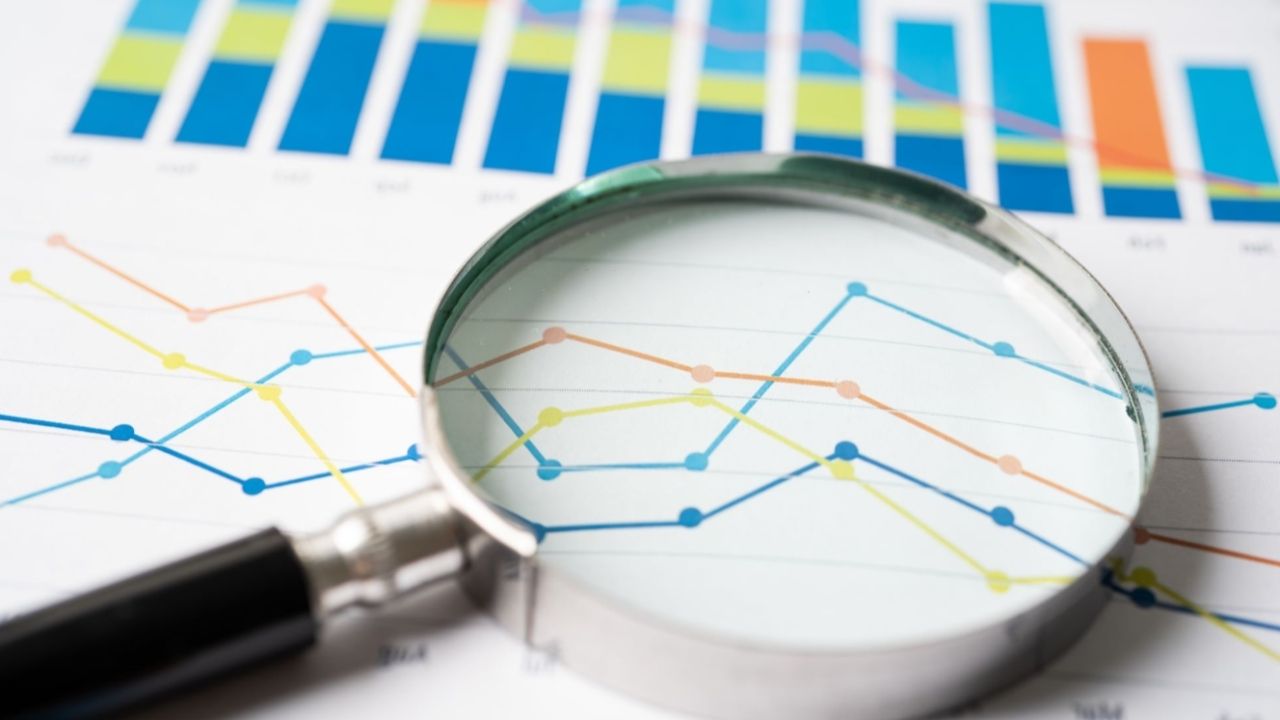
Biostatistics might sound like a complex term, but it's all about using numbers to understand health and biology. Imagine trying to figure out how a new medicine works or how a disease spreads. That's where biostatistics comes in. It helps scientists and doctors make sense of data, so they can make better decisions. From tracking epidemics to designing clinical trials, biostatistics plays a huge role in public health. Whether you're curious about how vaccines are tested or how health trends are analyzed, these 27 facts will give you a clearer picture of this fascinating field. Ready to dive into the world of biostatistics? Let's get started!
Key Takeaways:
- Biostatistics combines biology and statistics to analyze health data, design clinical trials, and track disease spread, playing a vital role in public health and genetics research.
- From tracking COVID-19 to identifying genetic markers, biostatistics shapes the future of medicine with advanced technology and personalized treatments based on individual genetic profiles.
What is Biostatistics?
Biostatistics combines biology and statistics to analyze and interpret data in health and medical research. It plays a crucial role in public health, clinical trials, and epidemiology. Here are some fascinating facts about this field.
- Biostatistics helps design clinical trials to test new drugs and treatments.
- It aids in understanding the spread of diseases through epidemiological studies.
- Biostatisticians use mathematical models to predict health outcomes.
- The field is essential for analyzing genetic data to understand hereditary diseases.
- Biostatistics supports public health policies by providing evidence-based data.
Historical Background of Biostatistics
The roots of biostatistics can be traced back to the 17th century. Over time, it has evolved significantly, impacting various scientific fields.
- John Graunt, a London haberdasher, is considered one of the founders of biostatistics.
- In 1662, Graunt published "Natural and Political Observations Made upon the Bills of Mortality," analyzing mortality data.
- The term "biostatistics" was first coined in the early 20th century.
- Ronald Fisher, a British statistician, made significant contributions to biostatistics with his work on experimental design.
- The development of computers in the mid-20th century revolutionized biostatistics, allowing for more complex data analysis.
Applications in Public Health
Biostatistics is vital in public health for monitoring and controlling diseases, evaluating interventions, and improving health outcomes.
- It helps track the spread of infectious diseases like COVID-19.
- Biostatistics evaluates the effectiveness of vaccination programs.
- It assesses the impact of public health campaigns on smoking cessation.
- The field aids in identifying risk factors for chronic diseases like diabetes and heart disease.
- Biostatistics supports environmental health studies by analyzing the effects of pollutants on human health.
Role in Clinical Trials
Clinical trials rely heavily on biostatistics to ensure the validity and reliability of their findings.
- Biostatisticians design randomized controlled trials to minimize bias.
- They calculate sample sizes to ensure studies have enough power to detect effects.
- Biostatistics helps analyze trial data to determine the safety and efficacy of new treatments.
- It supports meta-analyses, combining data from multiple studies to draw broader conclusions.
- Biostatisticians develop adaptive trial designs, allowing modifications based on interim results.
Biostatistics in Genetics
The field of genetics has greatly benefited from biostatistical methods, leading to breakthroughs in understanding genetic disorders.
- Biostatistics helps identify genetic markers associated with diseases.
- It supports genome-wide association studies (GWAS) to find links between genes and traits.
- The field aids in analyzing data from next-generation sequencing technologies.
- Biostatistics helps understand the heritability of complex traits like height and intelligence.
- It supports personalized medicine by identifying genetic factors that influence drug response.
Future of Biostatistics
As technology advances, the role of biostatistics will continue to grow, impacting various scientific and medical fields.
- Machine learning and artificial intelligence are being integrated into biostatistical methods.
- Biostatistics will play a crucial role in precision medicine, tailoring treatments to individual patients based on their genetic profiles.
The Power of Biostatistics
Biostatistics isn't just about numbers; it's about understanding health trends, improving medical research, and saving lives. From tracking disease outbreaks to analyzing clinical trials, biostatistics plays a crucial role in public health. It helps researchers make sense of complex data, leading to better treatments and healthcare policies.
By applying statistical methods to biological data, biostatisticians can identify risk factors, predict outcomes, and evaluate interventions. This field is constantly evolving, with new techniques and technologies enhancing its impact. Whether you're a student, a researcher, or just curious, understanding biostatistics can open doors to exciting opportunities.
So, next time you hear about a new medical breakthrough or a public health initiative, remember the biostatisticians working behind the scenes. Their work transforms data into actionable insights, making the world a healthier place.
Frequently Asked Questions
Was this page helpful?
Our commitment to delivering trustworthy and engaging content is at the heart of what we do. Each fact on our site is contributed by real users like you, bringing a wealth of diverse insights and information. To ensure the highest standards of accuracy and reliability, our dedicated editors meticulously review each submission. This process guarantees that the facts we share are not only fascinating but also credible. Trust in our commitment to quality and authenticity as you explore and learn with us.
